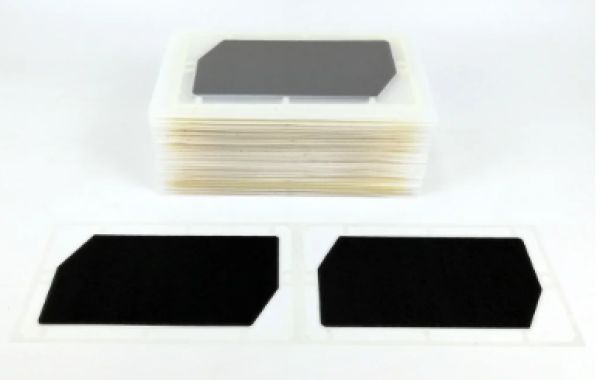Introduction
Fuel cells are devices that convert chemical energy into electrical energy through an electrochemical process. They are considered to be one of the most promising technologies for clean energy production. The heart of a fuel cell is the membrane electrode assembly (MEA), which is responsible for converting the chemical energy of the fuel into electrical energy. In this article, we will discuss the basics of fuel cell MEA, including its components, working principle, and applications.
What is Fuel Cell MEA?
The MEA is the core component of a fuel cell. It consists of a proton exchange membrane (PEM), two electrodes (anode and cathode), and catalyst layers. The PEM is a thin, polymer electrolyte membrane that separates the anode and cathode compartments of the fuel cell. It allows the transport of protons from the anode to the cathode while blocking the transport of electrons. The electrodes are made of porous carbon materials that are coated with catalyst layers. The catalyst layers are responsible for facilitating the electrochemical reactions that occur at the electrodes.
Working Principle of Fuel Cell MEA
The working principle of a fuel cell MEA is based on the electrochemical reaction between the fuel and the oxidant. The fuel is typically hydrogen, which is supplied to the anode compartment of the fuel cell. The oxidant is usually oxygen, which is supplied to the cathode compartment. When the fuel comes into contact with the anode catalyst layer, it is split into protons and electrons. The protons pass through the PEM to the cathode compartment, while the electrons flow through an external circuit to the cathode. At the cathode, the protons and electrons combine with the oxygen to form water and release energy in the form of electrical power.

Components of Fuel Cell MEA
The components of a fuel cell MEA include the PEM, electrodes, and catalyst layers. The PEM is typically made of a perfluorinated sulfonic acid polymer, such as Nafion. The electrodes are made of carbon materials, such as graphite or carbon black, and are coated with catalyst layers. The catalyst layers are typically made of platinum or other noble metals, which are responsible for facilitating the electrochemical reactions.
Types of Fuel Cell MEA
There are several types of fuel cell MEA, including proton exchange membrane fuel cells (PEMFCs), direct methanol fuel cells (DMFCs), and solid oxide fuel cells (SOFCs). PEMFCs are the most common type of fuel cell and are used in applications such as transportation and stationary power generation. DMFCs use methanol as the fuel and are used in portable power applications. SOFCs operate at high temperatures and are used in applications such as power generation and industrial processes.

Applications of Fuel Cell MEA
Fuel cell MEAs have a wide range of applications, including transportation, stationary power generation, and portable power. PEMFCs are used in fuel cell vehicles, which offer a clean and efficient alternative to traditional gasoline-powered vehicles. They are also used in stationary power generation applications, such as backup power for buildings and remote power systems. DMFCs are used in portable power applications, such as laptop computers and mobile phones. SOFCs are used in power generation and industrial processes, such as combined heat and power systems and fuel cell power plants.
Conclusion
Fuel cell MEAs are the heart of fuel cell technology. They are responsible for converting the chemical energy of the fuel into electrical energy through an electrochemical process. The components of a fuel cell MEA include the PEM, electrodes, and catalyst layers. There are several types of fuel cell MEA, including PEMFCs, DMFCs, and SOFCs. Fuel cell MEAs have a wide range of applications, including transportation, stationary power generation, and portable power. With continued research and development, fuel cell technology has the potential to revolutionize the way we produce and use energy.
Gatechn New Energy Technology (Shanghai) Co., Ltd is a high-tech company dedicated to the development and production of hydrogen fuel cell membrane electrode assemblies (MEA), hydrogen fuel cell stack systems, and related equipment. Our focus is on providing innovative solutions for the clean energy industry. Our team of experienced engineers and researchers are committed to advancing the field of fuel cell technology, and we are dedicated to providing our customers with the highest quality products and services.








